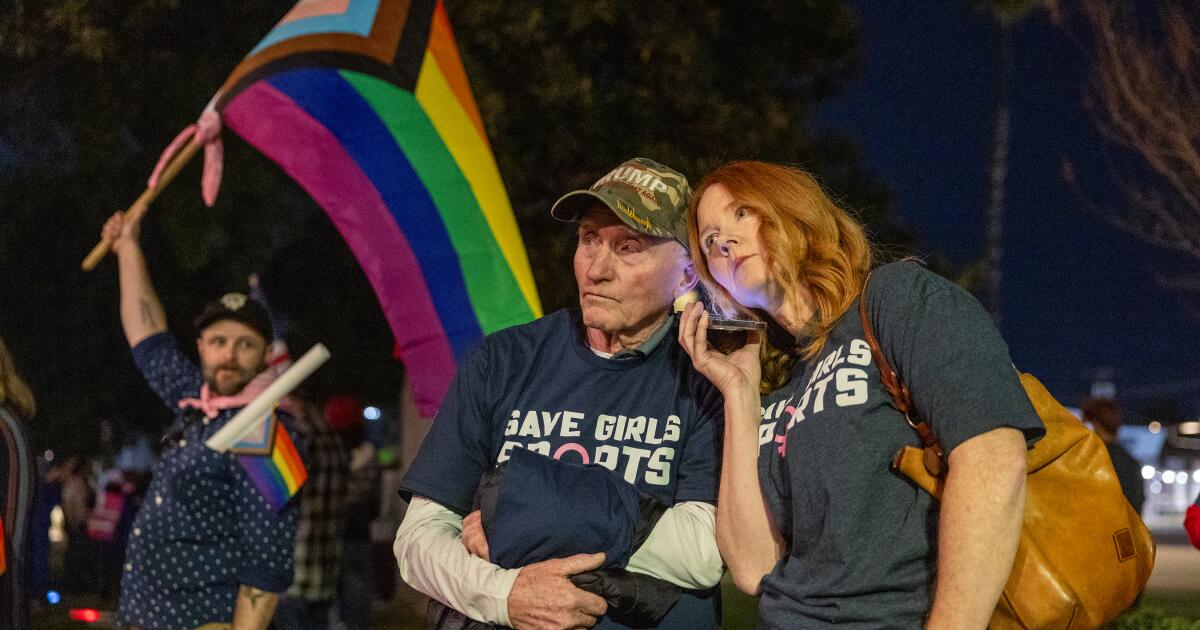During her 2009 confirmation hearing before the US Senate, Sonia Sotomayor declared that the president “can’t act in violation of the constitution. No one is above the law”.
Back then, she was answering a question about former president George W Bush’s application of a bill banning torture. Now, 15 years later, Sotomayor has once again raised this tenet as a Supreme Court justice, dissenting from an opinion that granted Donald Trump broad immunity from criminal prosecution for his “official” acts as president.
“In every use of official power, the President is now a king above the law,” she wrote.
It is just one example this term of how Sotomayor, often joined by her two fellow liberals on the bench, has pushed back forcefully and vented frustrations about the court’s conservative majority, whose decisions have reshaped American government and society, from presidential immunity and abortion to regulators’ powers and gun policy.
Sotomayor has been a pillar of the high court’s left-leaning wing since she joined the bench. She became the most senior liberal justice after Stephen Breyer’s retirement in 2022, emerging as the bench’s most vigorous standard-bearer of liberal views as the court has taken on increasingly polarising cases.
“She is now the strongest character” in the liberal camp, said Barbara Perry, Supreme Court and presidency scholar at the University of Virginia. “She has risen to this level . . .[and taken on] the title of the ‘great dissenter,’” akin to predecessors such as John Marshall Harlan, a one-time slave owner who later championed minority groups’ civil rights primarily via the dissents he wrote while on the court.
Sotomayor, the first Latina member of the Supreme Court, was raised by her single Puerto Rican mother in a Bronx housing project. She earned scholarships to Princeton University and Yale Law School before starting a legal career as a prosecutor in the Manhattan district attorney’s office.
George HW Bush, a Republican, in 1991 nominated her for a seat on the prestigious court for the Southern District of New York. Bill Clinton, a Democrat, then appointed her as an appellate judge, and when Supreme Court Justice David Souter retired, Barack Obama nominated Sotomayor to replace him.
Since Sotomayor joined the bench, its balance of power has shifted. In the 2010s, it was often split 5-4 in liberals’ favour, when including Anthony Kennedy’s powerful swing vote. But Donald Trump’s three Supreme Court appointments have solidified a six-justice conservative majority, emboldening its staunchest members, Clarence Thomas and Samuel Alito.
As the conservatives’ power has grown they have also issued some of the court’s most dramatic rulings in recent years — including the 2022 reversal of Roe vs Wade, the decision that had enshrined the constitutional right to an abortion for nearly 50 years. In many of those cases, the ideological divides in the court’s rulings have opened it up to accusations of partisanship.
Sotomayor has dissented from high-profile opinions, including upholding bans on homeless people sleeping in public and curbing universities’ consideration of race in admissions. Her writings have stood out for their scathing criticism and withering phrasing. “You can certainly see . . . the ideological force of Justice Sotomayor revealing itself in these dissents,” Perry said.
She has also taken a front seat during oral arguments. While discussing the case that ultimately overturned Roe she wondered aloud whether the court could “survive the stench . . . in the public perception that the constitution and its reading are just political acts”.
And like other justices this term, she has from time to time given her dissents extra emphasis by reading them from the bench — a practice in revival that seeks to direct the public’s attention to high-stakes rulings.
She has not minced words in her writing. A decision to reverse a ban on “bump stocks”, a device to increase the firepower of rifles, would have “deadly consequences”, she wrote. In dissenting from the homelessness case, she said: “Sleep is a biological necessity, not a crime.”
Sotomayor’s dissent in the presidential immunity case was perhaps her fiercest this term. She painted a grim picture of how the decision could allow a president to lead with impunity. “Orders the Navy’s Seal Team 6 to assassinate a political rival? Immune. Organizes a military coup to hold onto power? Immune. Takes a bribe in exchange for a pardon? Immune. Immune, immune, immune.”
Her last sentence — “With fear for our democracy, I dissent.” — broke from the standard conclusion: “I respectfully dissent.” That caught the attention of US President Joe Biden, who quoted Sotomayor hours after the ruling, saying: “So should the American people dissent.”
“It is not surprising that as the rightwing justices undermine democracy, the rule of law, and the modern administrative state, the justices who do not sign on to this project would begin to raise the alarm in more alarmist tones,” said Michael Klarman, a professor at Harvard Law School.
Sotomayor, 70, is setting herself apart as she faces calls from some Democratic activists to step down in order to allow Biden to appoint a younger justice who could solidify the liberal wing in the face of a conservative supermajority, half of whom are not yet 60.
Calls for her retirement are symptomatic of Democrats’ anxiety around the odds of a Biden win in the 2024 general election in November, a rematch against Trump, and of holding on to the Senate, which is charged with confirming Supreme Court nominees.
Other members of the liberal wing have raised their rhetorical edge as conservatives have flexed their power in decisions that curbed the Securities and Exchange Commission’s use of its own in-house courts and lengthened the statute of limitations to challenge regulations, among others.
Justice Elena Kagan penned the dissent to a decision overturning Chevron vs Natural Resources Defense Council, a decades-old legal doctrine that has given the judiciary more power to determine how federal agencies should interpret ambiguous rules and laws written by Congress.
“A rule of judicial humility gives way to a rule of judicial hubris . . . In recent years, this Court has too often taken for itself decision-making authority Congress assigned to agencies,” Kagan wrote.
Not all decisions were split along ideological lines. Conservative justices Amy Coney Barrett and Brett Kavanaugh at times joined their liberal colleagues in dissent. For instance, Coney Barrett authored the dissent in a case that limited the use of an obstruction charge featured in hundreds of prosecutions against rioters who stormed the US Capitol on January 6 2021.
She also wrote a concurring opinion in the presidential immunity case that challenged the notion that protected “official” acts may not be introduced as evidence in a criminal prosecution of a president for private activity.
“I see a streak of pragmatic independence that is not so much leaning towards liberality, but being more pragmatic in her conservative thinking than the more ideological, philosophical views of an Alito or a Thomas or maybe even a [Neil] Gorsuch,” Perry said.
The Supreme Court is set to hear more hot-button cases next term, beginning in October, including an appeal against a Texas law that requires age verification on pornography websites.
Sotomayor earlier this year told university audiences that she lives “in frustration” in the face of a conservative majority. There are “days that I’ve come to my office after an announcement of a case and closed my door and cried . . . And there are likely to be more,” she said.
More contentious cases are bound to come the court’s way. But Sotomayor has not publicly suggested she is ready to quit. “You have to shed the tears, and then you have to wipe them and get up and fight some more,” she said.





















/cdn.vox-cdn.com/uploads/chorus_asset/file/25822586/STK169_ZUCKERBERG_MAGA_STKS491_CVIRGINIA_A.jpg)

/cdn.vox-cdn.com/uploads/chorus_asset/file/25821992/videoframe_720397.png)




